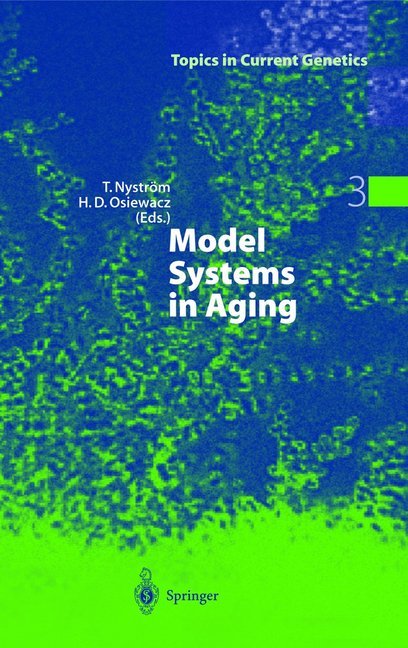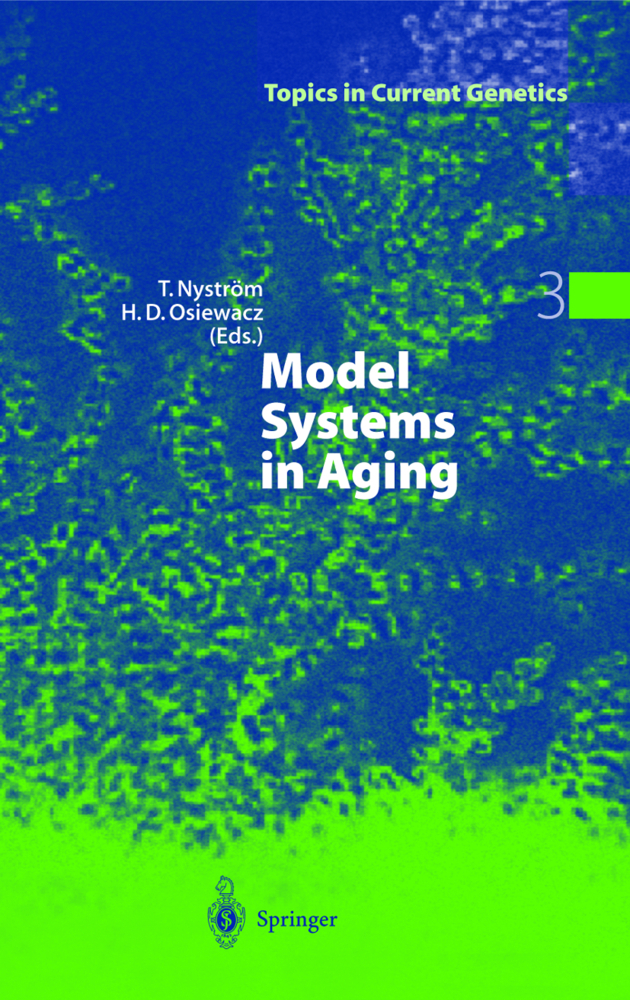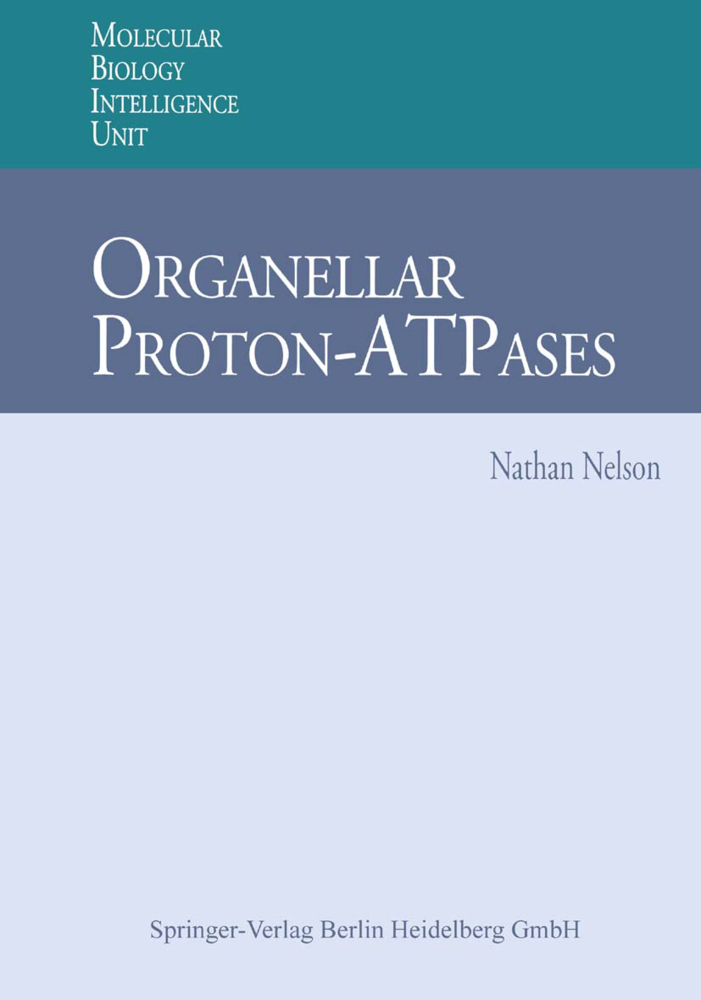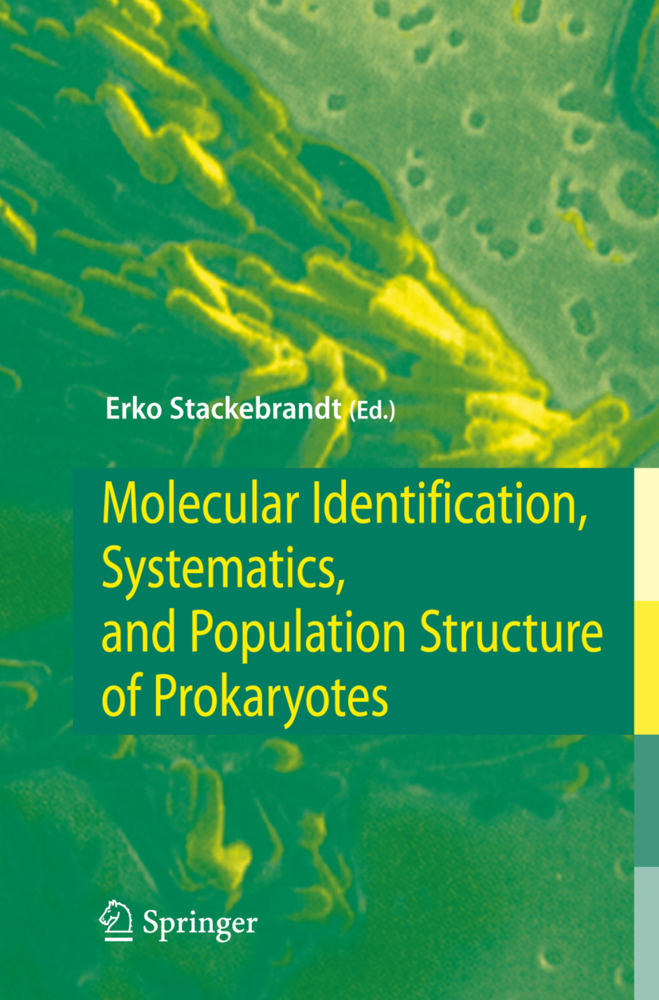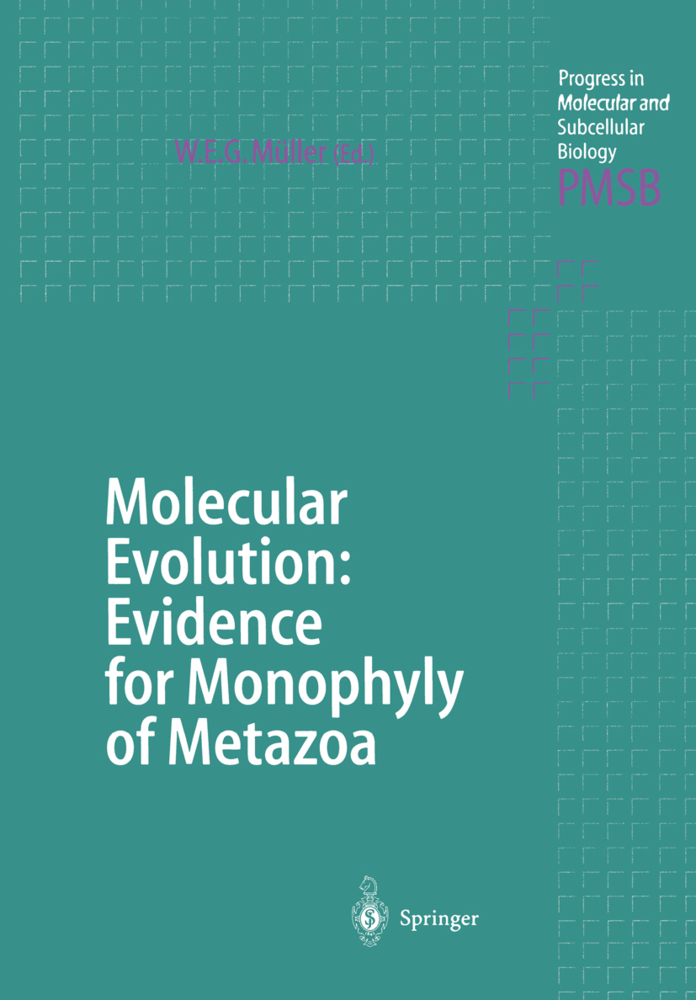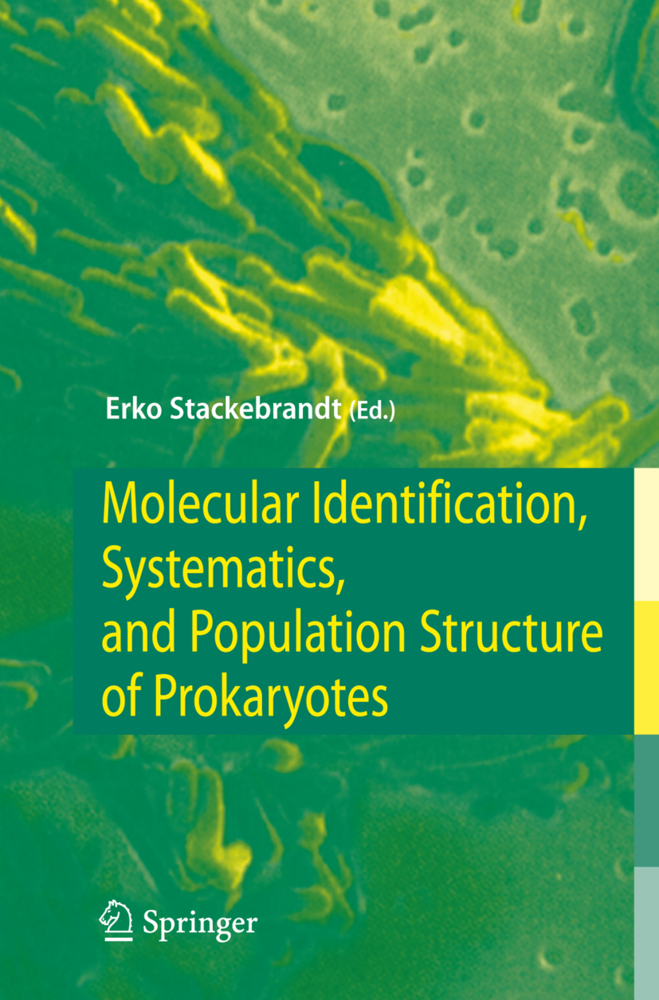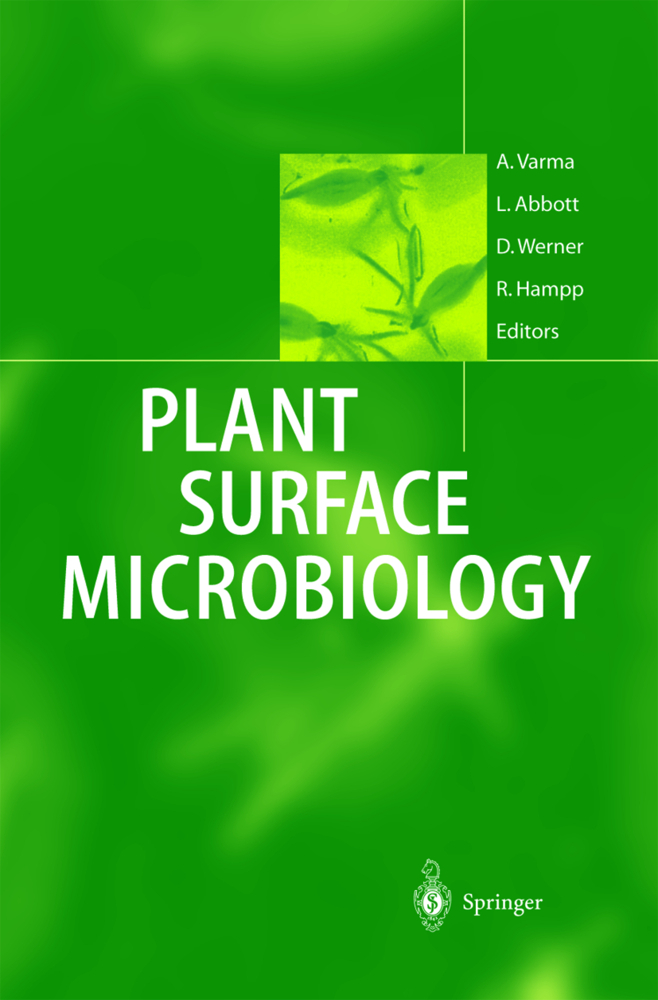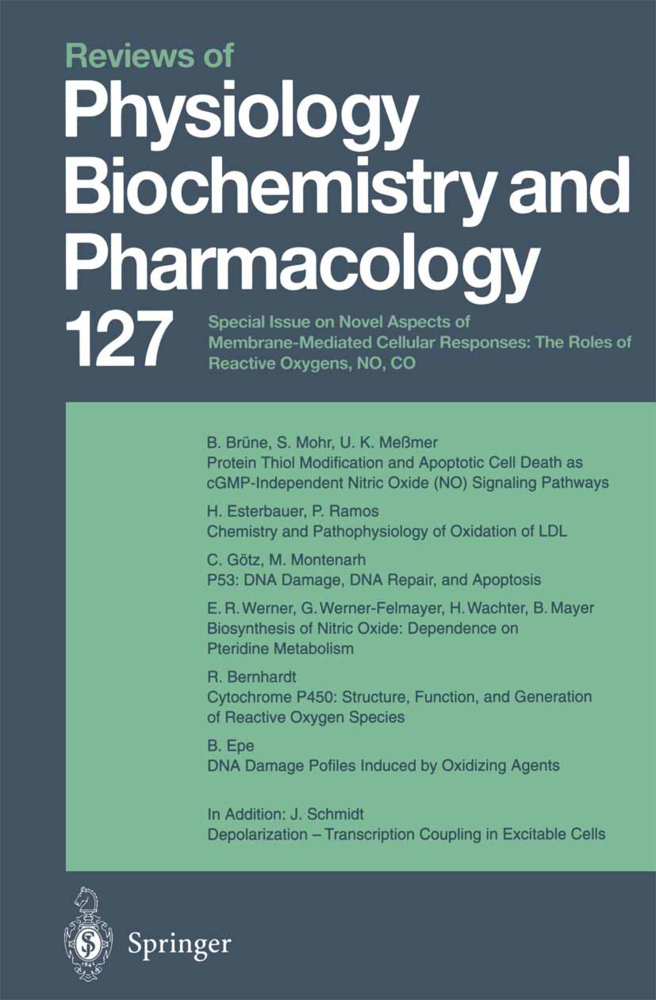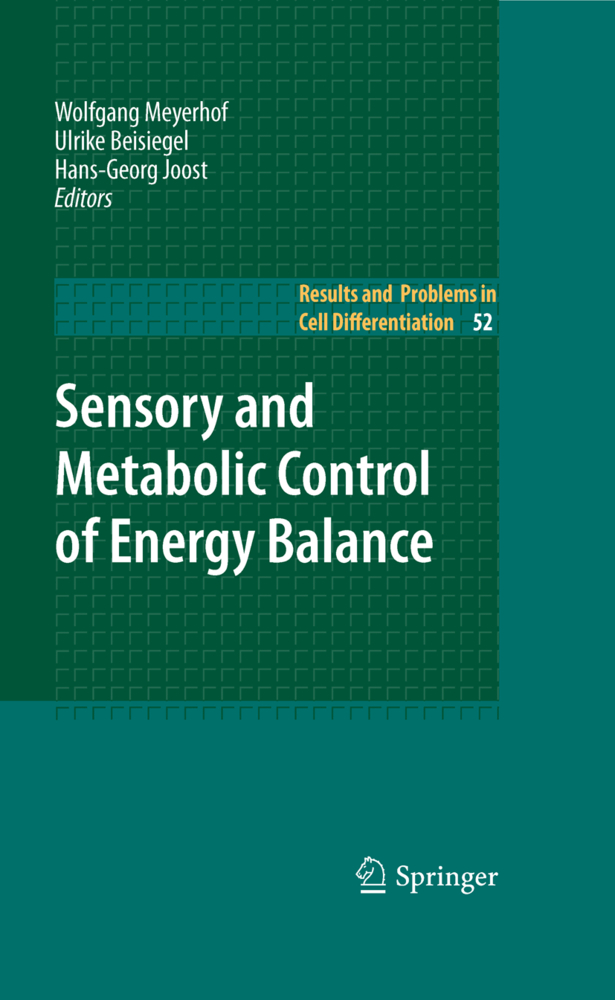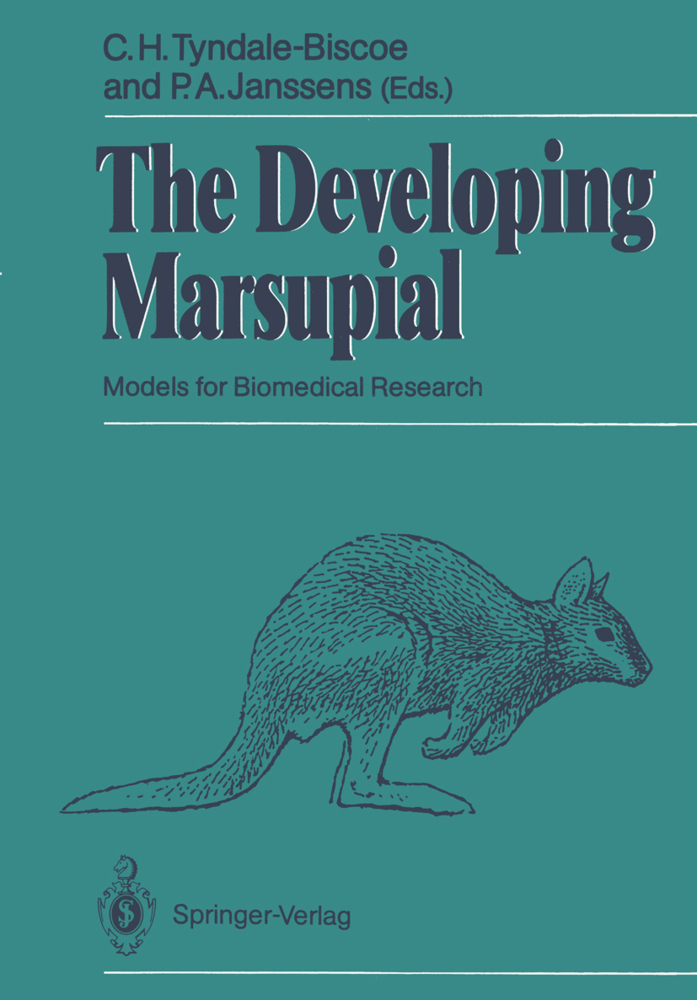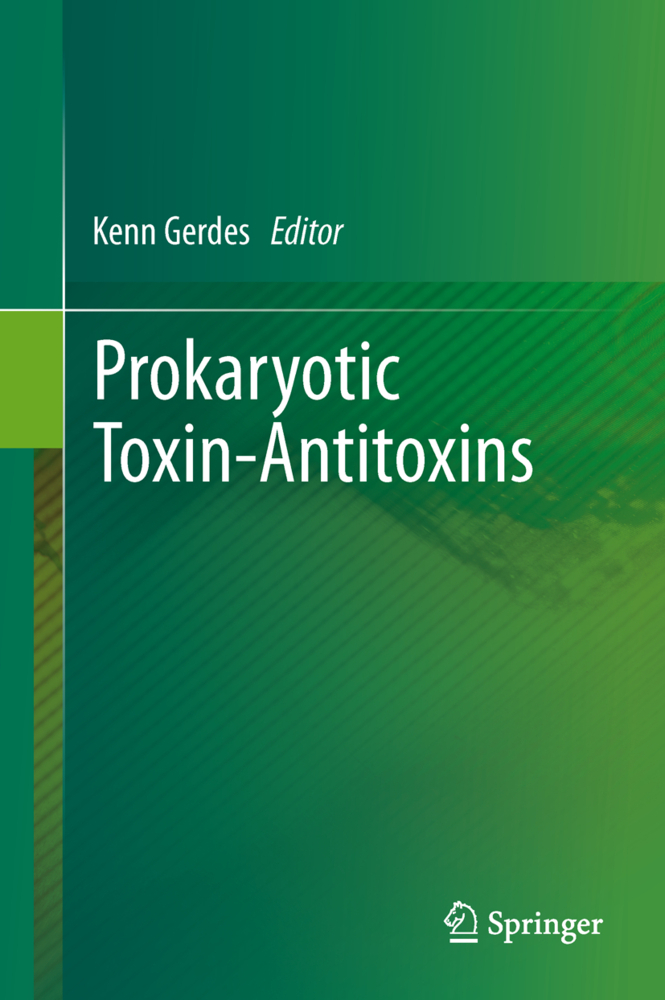Model Systems in Aging
Model Systems in Aging
Aging is the progressive decline in biological functions over time. This decline targets macromolecules, cells, tissues and, as a consequence, whole organisms. Despite considerable progress in the development of testable hypothesis concerning aging in an evolutionary context, a unifying theory of the molecular/physiological mechanistic causes of aging has not been reached. In fact, is it not clear to what extent aging is a programmed or stochastic process.
This book takes the reader from unicellular bacterial deterioration via senescence in fungi and worms to aging in rodents and humans, allowing a comparative view on similarities and differences in different genetic model systems. The different model systems are scrutinized in the light of contemporary aging hypothesis, such as the free radical and genomic instability theories.
Conditional senescence in prokaryotes
Aging and mitochondrial dysfunction in the filamentous fungus Podospora anserinaMitochondria, metabolism, and aging in yeast
Yeast as a model for ageing and apoptosis research
Energy metabolism, anti-oxidant defense and aging in Caenorhabditis elegans
Do green plants age, and if so, how?
Mammalian and bird aging, oxygen radicals, and restricted feeding
Aging and the programmed death phenomena
The human Werner Syndrome as a model system for aging
Role of subcytotoxic stress in tissue ageing.
Nyström, Thomas
Osiewacz, Heinz D.
| ISBN | 978-3-642-05698-7 |
|---|---|
| Medientyp | Buch |
| Copyrightjahr | 2010 |
| Verlag | Springer, Berlin |
| Umfang | XV, 301 Seiten |
| Sprache | Englisch |

